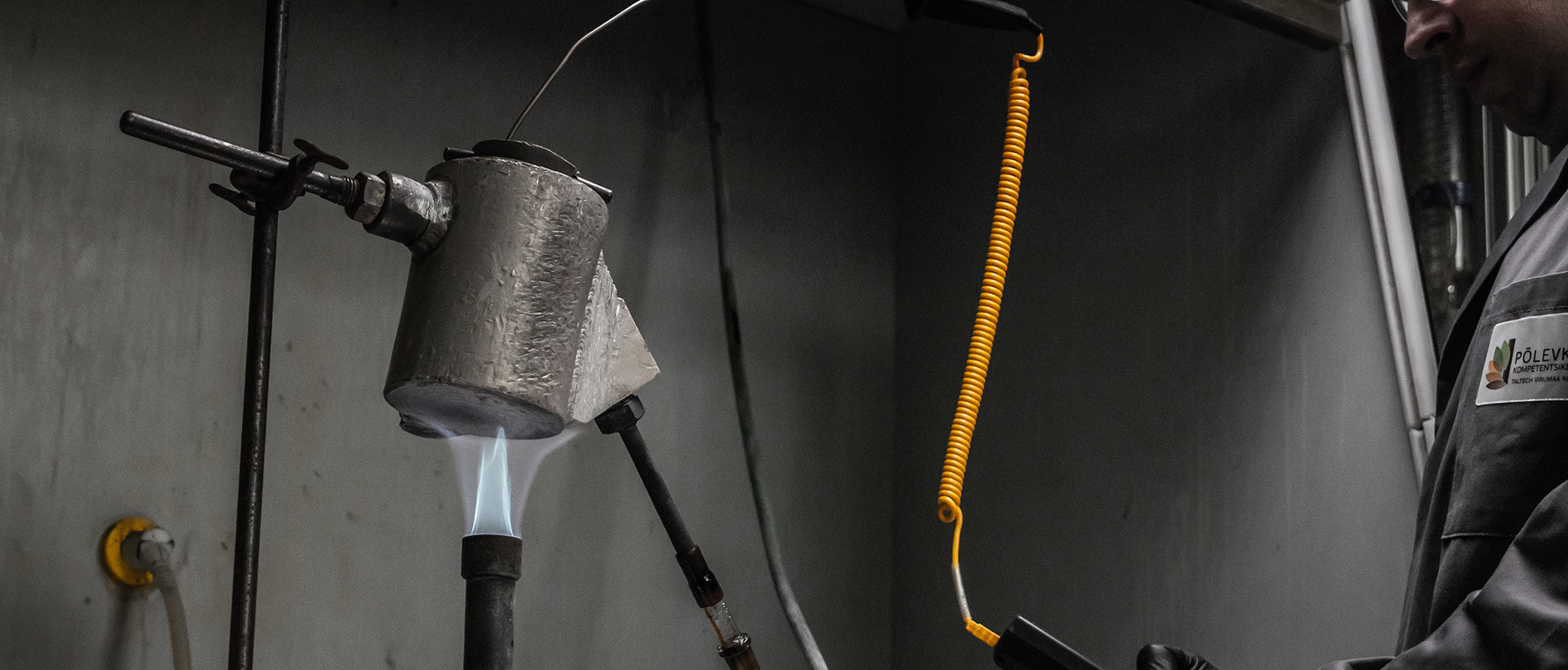
Estonia – Smart & Sustainable

Dear ESOF 2022 visitor
Welcome to Smart and Sustainable Estonia.
Estonia has a lot of untouched nature and a low population density. This is very rare in today’s world. We know how to care for our environment and we are proud of it.
As the first theme of ESOF 2022 scientific programme focuses on sustainable environment, we are showcasing research projects that are changing the world. Our top researchers are doing a wonderful job of finding smarter and sustainable solutions for turning one’s trash into another’s treasure.
There are many ways for greating a better future. Hydrogen-powered coffee machine, combining plastic waste and oil shale or industrialy upcycled clothes – these are just some of the examples of smart and sustainable solutions.
Find us at the exhibition at Pieterskerk Leiden!
See below for further information about the projects showcased by Estonia.
PS! All the projects are visible in Estonia’s booth on July 13-16. Times set below show when there’s a deeper focus on this specific project.
Click here to find more information about research in Estonia.
Projects
Co-processing of oil shale and plastic waste – Tallinn University of Technology
Olga Pihl
The aim of the development is to produce raw materials for the future, mainly for the clothing and plastics industries. The solid heat carrier technology used in Estonia allows the pyrolyse of scrap and plastic waste together with oil shale. In this way, it is possible to reduce the use of oil shale and, at the same time, produce useful raw materials from waste that has thus far been incinerated or landfilled. In addition to plastic waste and scrap, artificial grass, tire chips, waste wood, wind vanes and conveyor can be used as organic material.
See more: Oil shale competence centre or TalTech’s new solution to oil shale processing
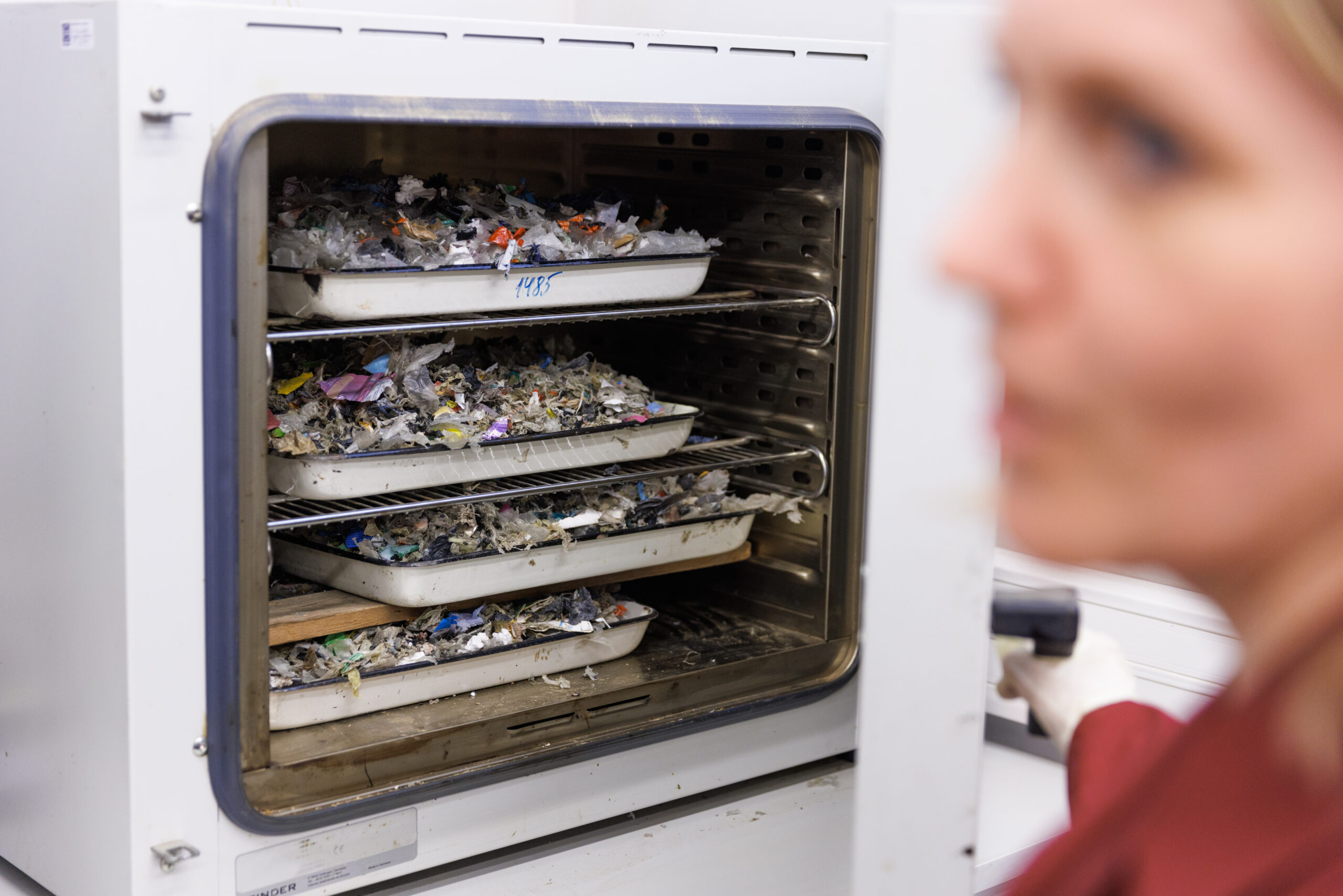
Food (By-) Products Valorisation Technologies – Estonian University of Life Sciences
Rajeev Bhat
Advanced food processing technologies, minimum waste and maximum utilization of raw materials are the matters that the Estonian University of Life Sciences has been dealing with for a long time from various angles and perspectives.
The VALORTECH ERA Chair is established to develop, in cooperation with companies, effective technologies and processes for the valorisation of by-products. Extracted bioactive compounds can be added to various food products and even non-food products (e.g. eco-cosmetics, household chemicals etc). The aim is also to develop processing technologies to produce fewer by-products.
See more from the VALORTECH ERA Chair.
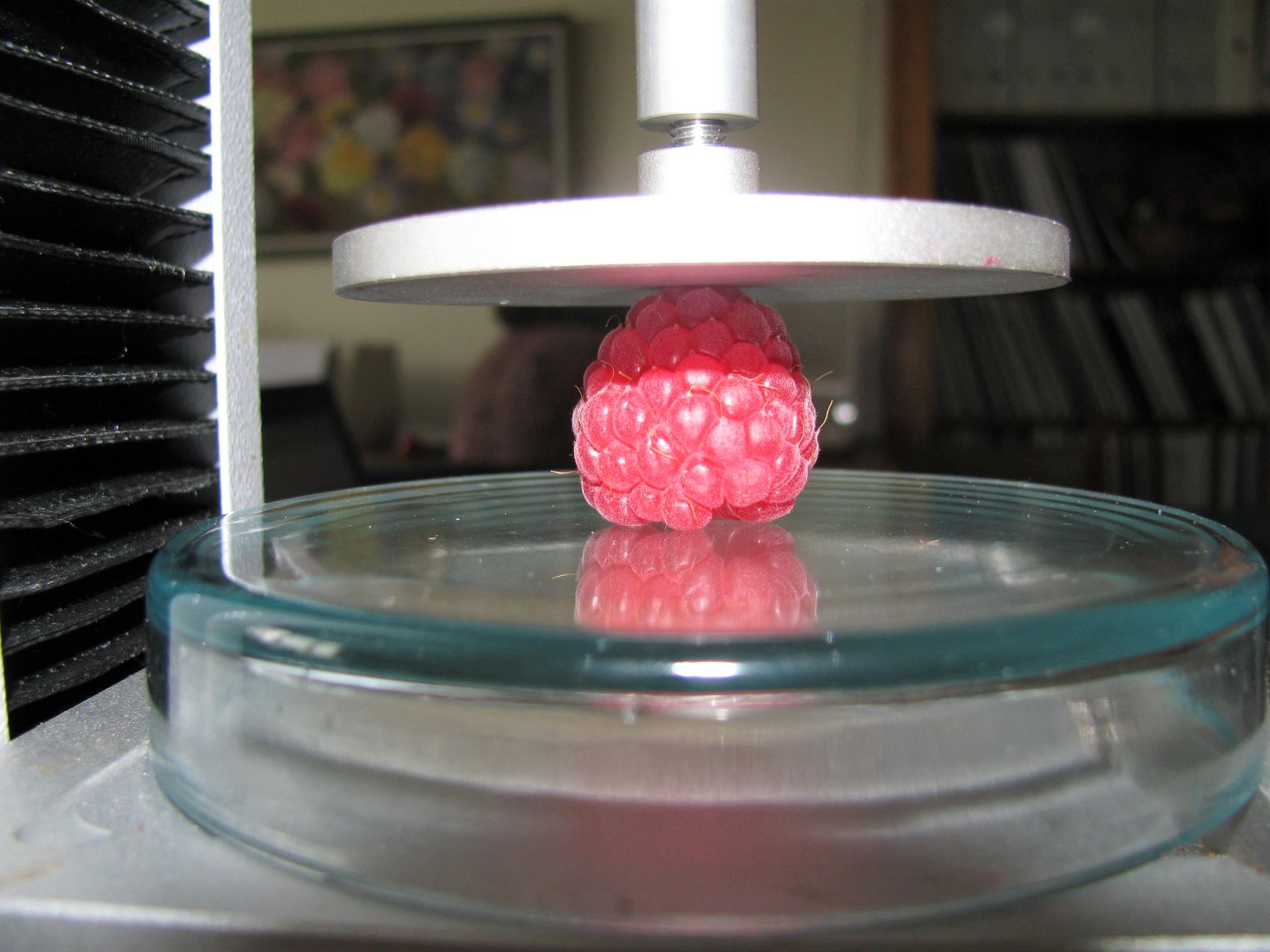
Gas Fermentation – University of Tartu
Kurshedaktar Majibullah Shaikh
Gas fermentation is a technology that enables to recycle carbon from inexpensive waste (e.g. industrial waste gases, municipal solid waste, biomass) into useful substances like fuels, chemicals, and materials by using acetogenic bacteria. Non-gaseous feedstocks can be converted to syngas (CO, CO2, and H2) through gasification, allowing acetogens to utilize and fix the carbon compounds. Gas fermentation has become an attractive bioprocess for the sustainable production of fuels and chemicals.
See more
GasFermTEC
Group leader: Kaspar Valgepea, Associate Professor of Gas Fermentation Technologies, kaspar.valgepea@ut.ee
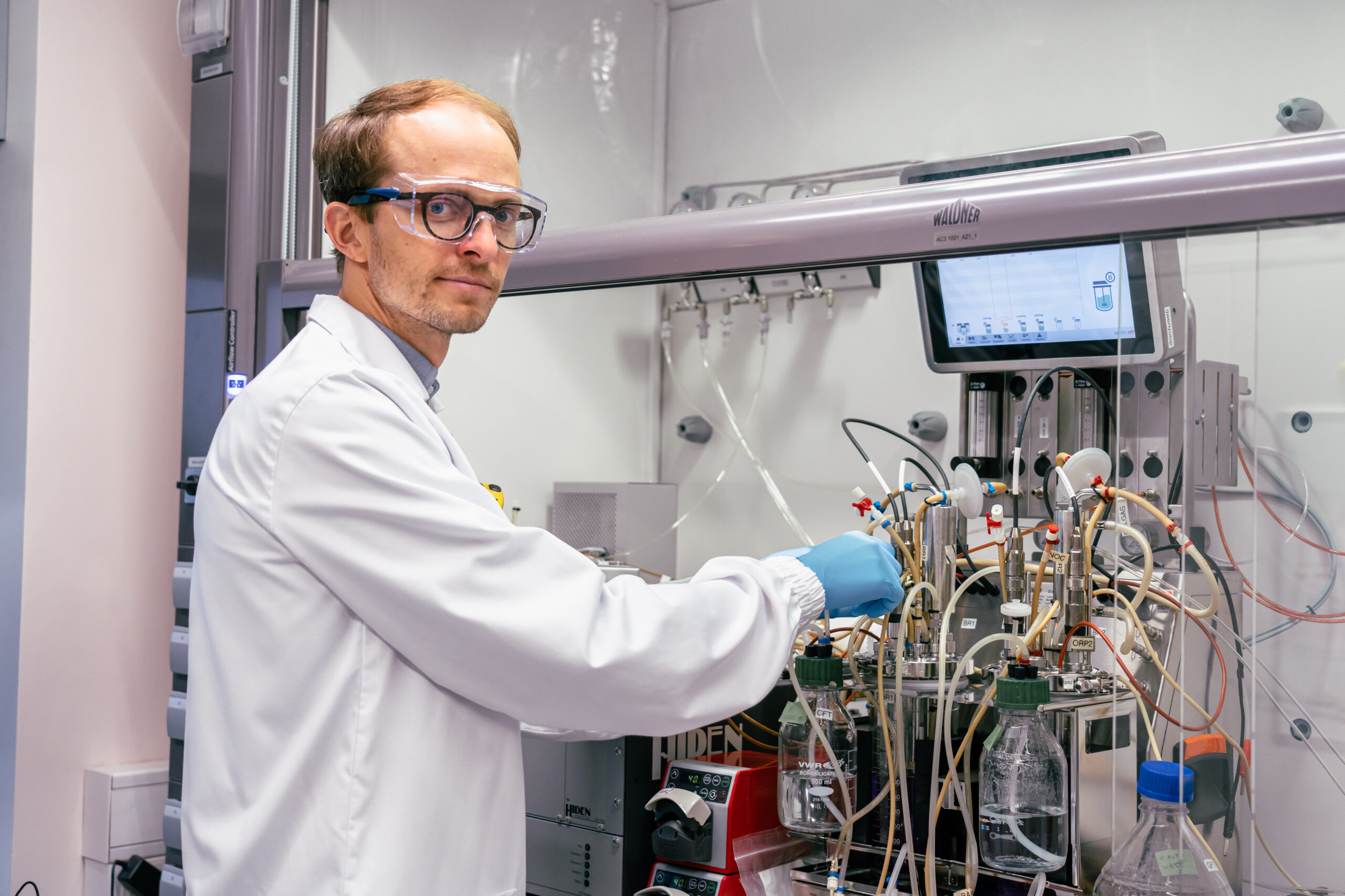
Hydrogen Technologies – University of Tartu
Rait Kanarbik
The University of Tartu Institute of Chemistry is the leading research centre in Estonia developing novel technologies for hydrogen production and energy storage. We integrate real-time solar energy collection and storage as well as hydrogen production, storage and hydrogen-using equipment into one renewable energy system. It is a well-equipped training base for our scientists and students. The fuel cell developed by our scientists powers the first self-driving hydrogen bus in the world and various demo solutions.

Sustainable Design and Material Lab – Estonian Academy of Arts
Maria Kristiin Peterson
In the last 15 years the fashion industry has doubled its production, 75% of which ends up in landfills and less than 1% gets recycled. One of the research areas at the Sustainable Design and Material Lab (DiMa) at the Estonian Academy of Arts is focusing on circular design solutions, exploring solutions to solve the biggest challenge in the textile industry – mountains of textile waste. DiMa showcases examples of textile waste circularity as outcomes of the Lab’s recent projects focusing on industrial and local upcycling as well as mechanical recycling of textile waste, with some practical material development and product design solutions.
See more from the Sustainable Design and Material Lab.
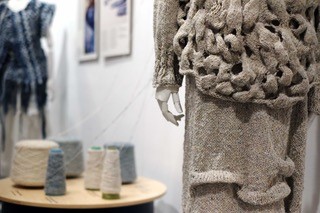
Sustainable natural cosmetics – Tallinn University
Maria Martšenko
Tallinn University School of Natural Sciences and Health researchers have helped develop multiple new and sustainable cosmetic products. Many products contain natural ingredients that are obtained by valorization of natural resources. The primary aim for the product innovation team is to develop unique or refined cosmetic formulas based on the clients’ exact specifications. The area of expertise includes valorization of natural resources and evaluating products bioactivity, that means, the team helps to test the effect of different ingredients and makes sure that the ingredients are used in best proportions. The list of products the research team has helped develop is already long, including spruce resin-based lip balm, horse-chestnut detergent and cream that contains beaver castoreum.
See more: Cosmetic Recipe Development
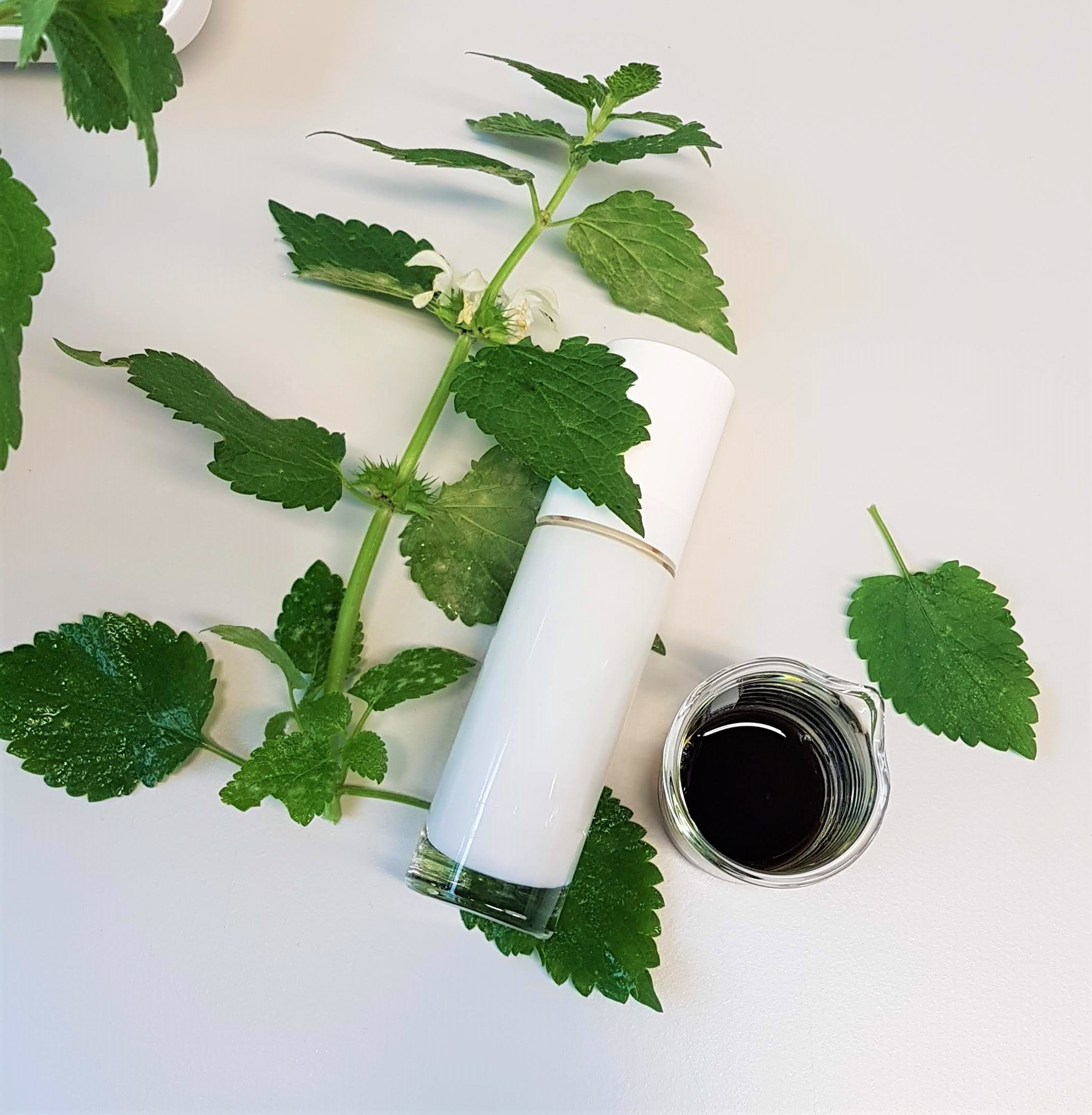
Therapeutic mud – Tallinn University
Eva Makienko
Sustainable use of resources is important in the activities of the The Centre of Excellence of Health Promotion and Rehabilitation at Tallinn University Haapsalu College. In the field of curative mud and mud cure, they deal with the valorization of curative mud extracted in Estonia. They are also seeking answers to the question of what are the possibilities of recovering used or substandard curative mud. The centre has developed a therapeutic mud mixture and a method for its manufacture, which is patented. This mixture of curative mud and peat is used mainly in prevention and rehabilitation of work-related overuse syndromes of the musculoskeletal system.
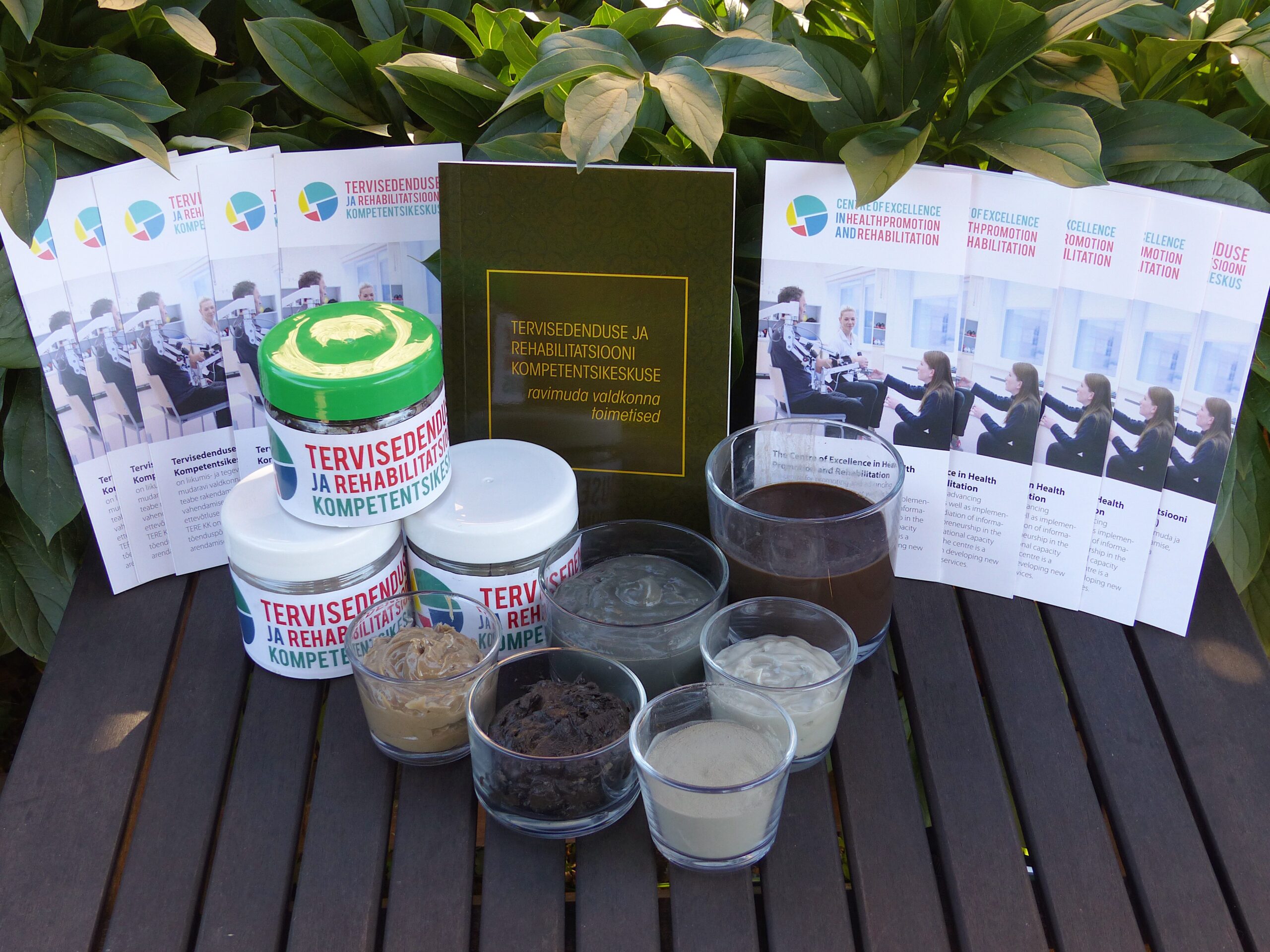
More from Estonia
STEM to the rescue – how to make the future of Europe attractive with “Rocket69”
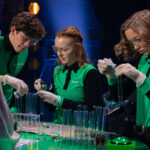
Mare Vahtre
Many countries are facing a lack of STEM students, specialists and engineers. However, to ensure Europe’s smart and sustainable economic growth, it is necessary to ensure that there will be a new generation of specialists to fulfil this demand. Estonia has built one of the most efficient and comprehensive solutions to promote the field of STEM with an original TV show format – “Rocket69”.
Want to know more? Click HERE.
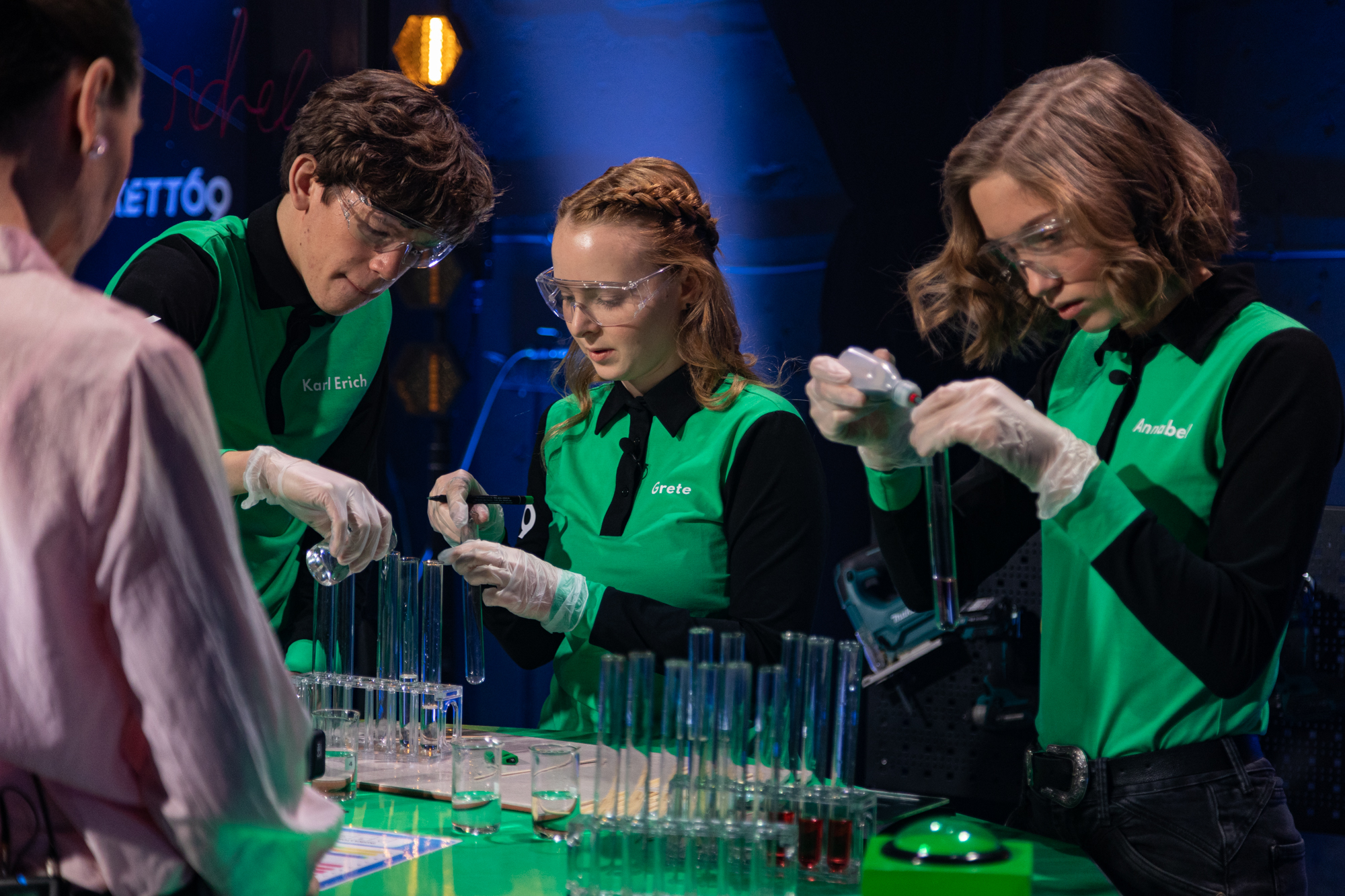
Support for research and development in the field of resource valorization (ResTA)
Indrek Tulp
ResTA research program covers the fields in which Estonia has the best opportunities to use the available resources more efficiently and to provide maximum added value – mineral resources, wood and food. The aim is to grow research capacity in these fields and to seek opportunities for the maximum valorization of raw materials, but also to develop and introduce technologies that have the least impact on the environment, creating business opportunities for both new and existing companies.
The research fields are divided into narrower focus topics, which were jointly selected by ministries, state agencies, professional associations, companies and universities.
See more: ResTA introduction, list of projects or poster at ESOF
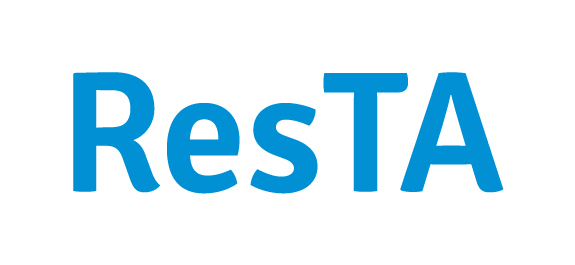
News
Contact

